There used to be tumbleweeds at most community colleges in the summer time. Faculty were long gone after May finals, the physical plant took time to fix up the wear and tear on campus from the previous year and the administration got a bit of a breather. But no longer. Community colleges have become year-round hubs of activity, just the audiences are slightly different. This paper goes to 37 such campuses. He's what we've observed happening at community colleges in recent years:
- Existing, matriculated students use this time to catch up. Practically all community colleges have added summer courses in recent years. However, some students are not on pace to graduate; perhaps they only successfully completed 12 credits last semester when they needed 15 to graduate on time. The new Excelsior Scholarship in New York State actually requires that the student be up-to-date with credits or lose funding. So they can take summer courses to stay on pace.
- Students from four-year colleges who want cheap and convenient credits. With community colleges costing less than $200/credit for courses for in-state residents, many students home on break from four-year colleges decide to take courses at their hometown's local community college, and the credits transfer back to their four-year institution. This also goes along with reports that say millennials are less likely to work menial summer jobs, as previous generations did. Academics come first for today's students.
- High school students who just want to get some credits, and apply them to a future college, to be determined.
- Prospective students, usually with their parents, who are touring the campus, deciding whether or not to attend in the fall.
- Moms and dads who take their little kids to non-credit summer camps on campus.
- Students who are registering for the fall.
- People who want to use the library and/or campus computers.
- Students on campus to buy their books for the fall.
- ESL classes.
- Students who are already registered for the fall who have to take English and math placement tests.
- Young adults and teens taking driver's ed and motorcycle courses on campus.
- People who come to a show or exhibit.
And this is great. These are taxpayer funded institutions, after all. We all may as well use them year-round.



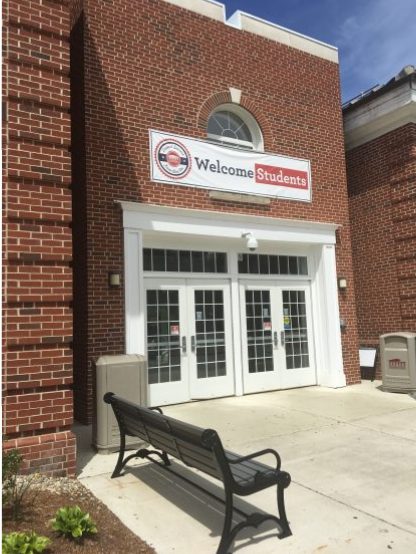
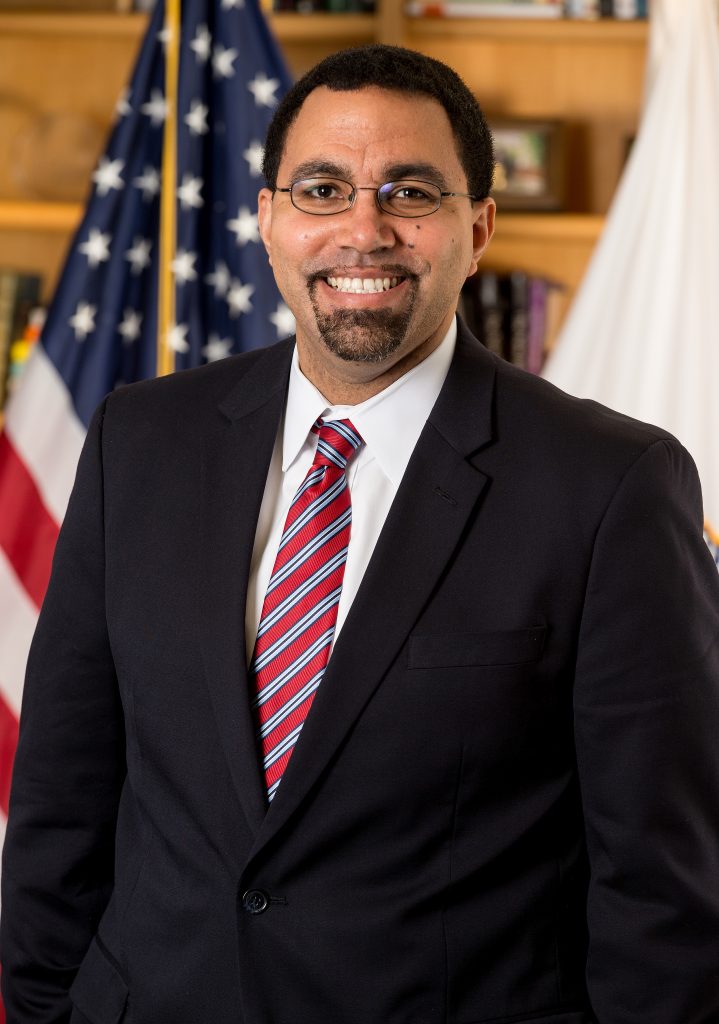
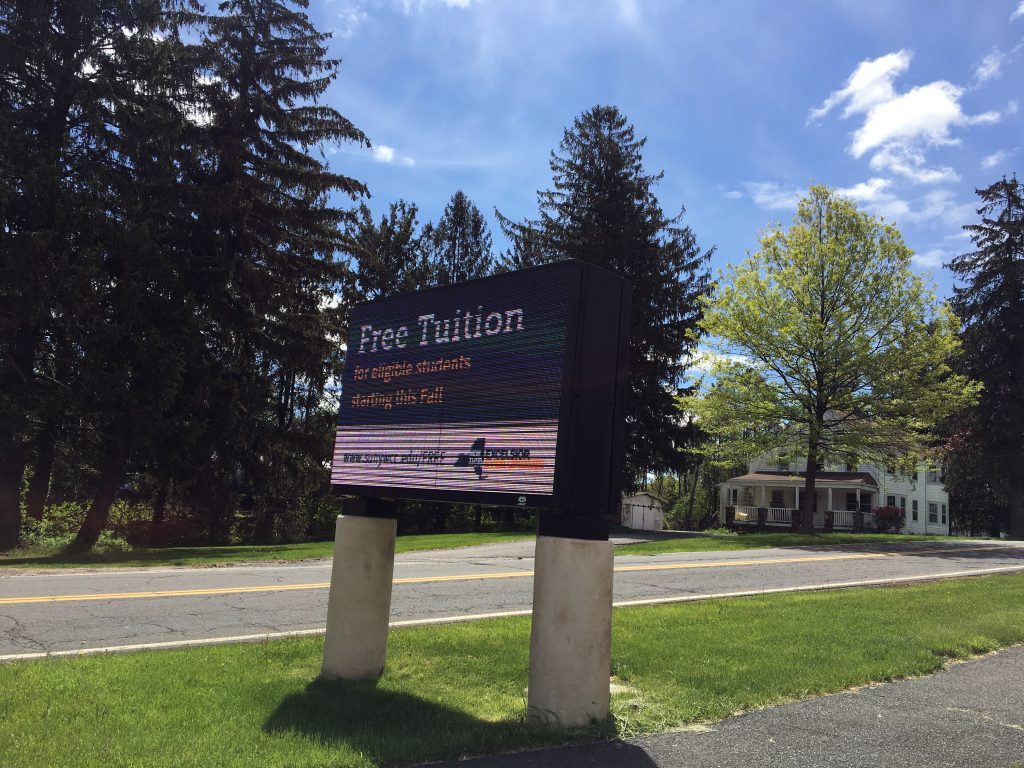
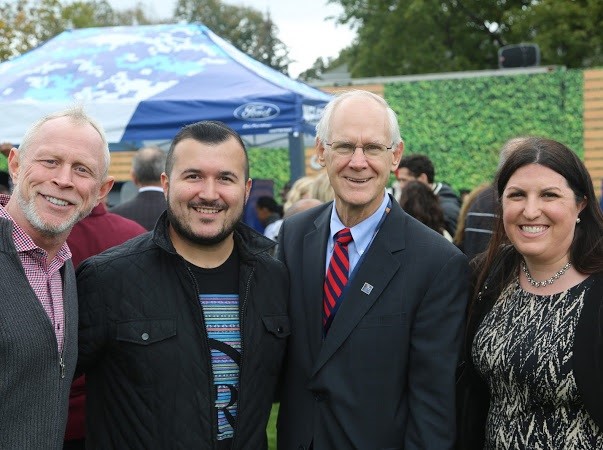
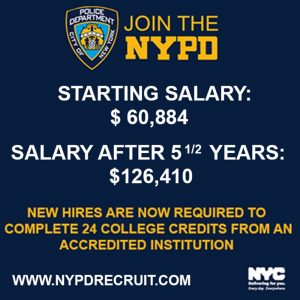
Facebook Comments